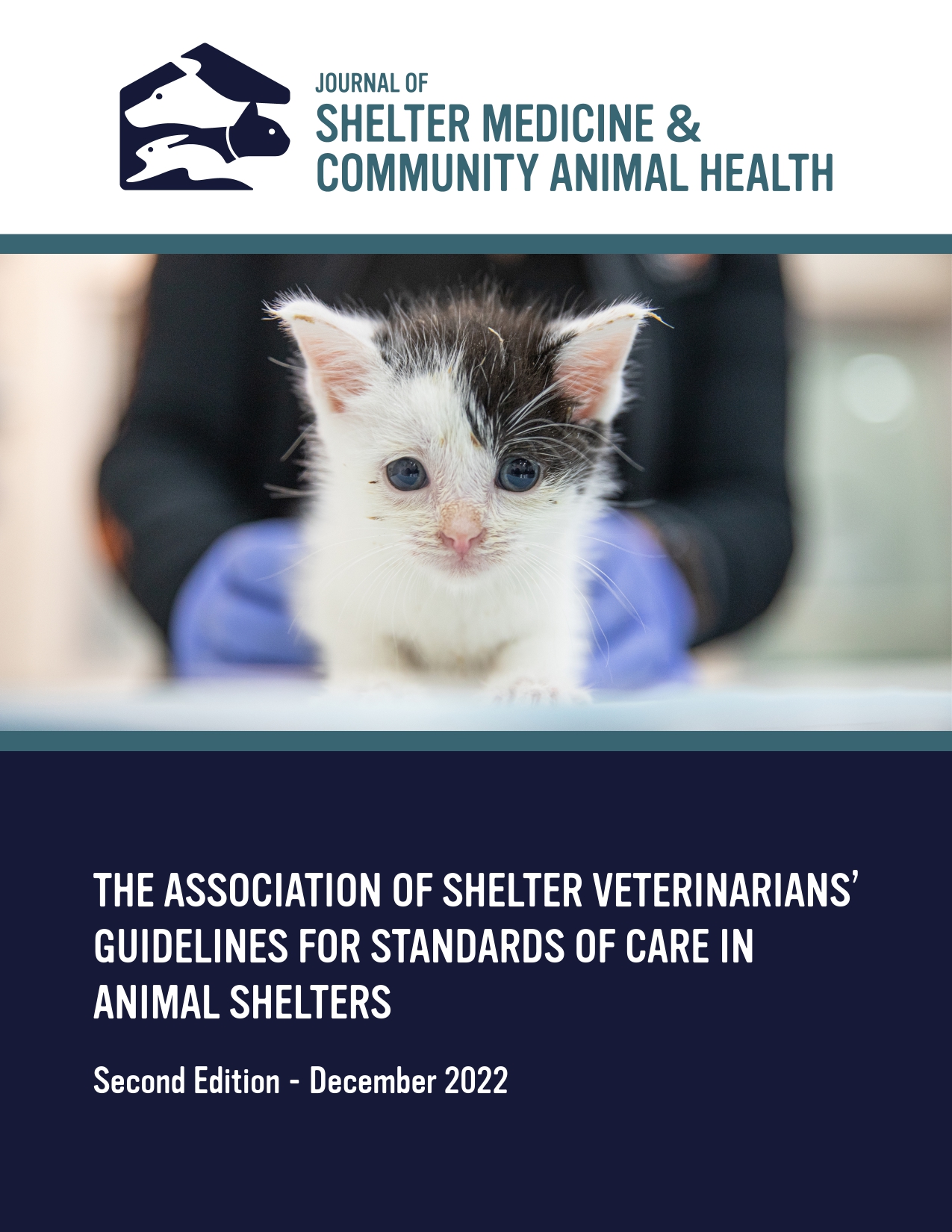Animal Shelter Wastewater Sampling for Pathogens With Epidemic Potential [Abstract]
DOI:
https://doi.org/10.56771/jsmcah.v3.100Abstract
Canine distemper virus (CDV), canine parvovirus (CPV), and Streptococcus zooepidemicus (S. zoo) represent a range of infectious agents that can cause epidemic disease in dogs, particularly those housed in animal shelters. Outbreaks of disease associated with these agents are relatively common in shelters, resulting in isolation, quarantine, euthanasia, and in some cases, shelter closure in efforts to manage the outbreak. In recent years, outbreaks of CDV and S. zoo have been particularly challenging for shelters in Arizona. Wastewater-based epidemiology (WBE) has proven useful in disease monitoring and outbreak prediction in human populations, including congregate locations, and we hypothesized that it may also be useful in surveillance and prediction for agents responsible for either gastrointestinal (GI) or respiratory disease in shelter animals. Our specific aims were to develop and validate a protocol for detecting infectious agents from wastewater samples collected from shelter run sections and to investigate associations with agent burden and counts of animals with clinical signs.
Once protocols for sampling and preparation were optimized, environmental wastewater samples were collected weekly between November 2023 and April 2024 at a large open intake municipal animal shelter in Phoenix, Arizona. The samples were collected from seven drains located in seven run sections in three separate buildings, and were evaluated for the presence of the three agent nucleic acids using quantitative, multiplex PCR. The counts of dogs actively showing GI and respiratory symptoms, graded as mild, moderate, and severe, were collected the afternoon of the day of sampling. Biosafety committee approval was granted for the viruses in this study.
Shedding of CPV was found to be widespread and variable over time. S. zoo was detected five times on five different weeks in five different run sections. CDV was found once. There were only six dogs reported with GI signs during the study period. Counts of respiratory disease ranged from 42-132 dogs per run section with most cases being mild in severity and reported in the isolation run section. There is no apparent association between counts of either respiratory or GI cases and the three agents detected through wastewater sampling. During the study there was a single incident of a S. zoo PCR positive dog being isolated and later dying at the shelter. S. zoo was detected through wastewater sampling the week prior to the incident, however, in a run section located in a different building than where the PCR positive dog was housed.
To the authors’ knowledge, this study is the first of its kind to develop protocols to detect critical pathogens in wastewater samples from an animal shelter. CPV has been the pathogen most frequently detected, which we speculate may be largely due to the shedding typically observed in dogs post-vaccination, given the absence of GI signs. Further investigation is warranted to better characterize the absence of amplifiable CDV nucleic acids and to examine these samples for other common shelter pathogens.
Downloads
Published
Issue
Section
License
Copyright (c) 2024 A Rosales, N Bradley, RE Kreisler, N Haley

This work is licensed under a Creative Commons Attribution 4.0 International License.










